|
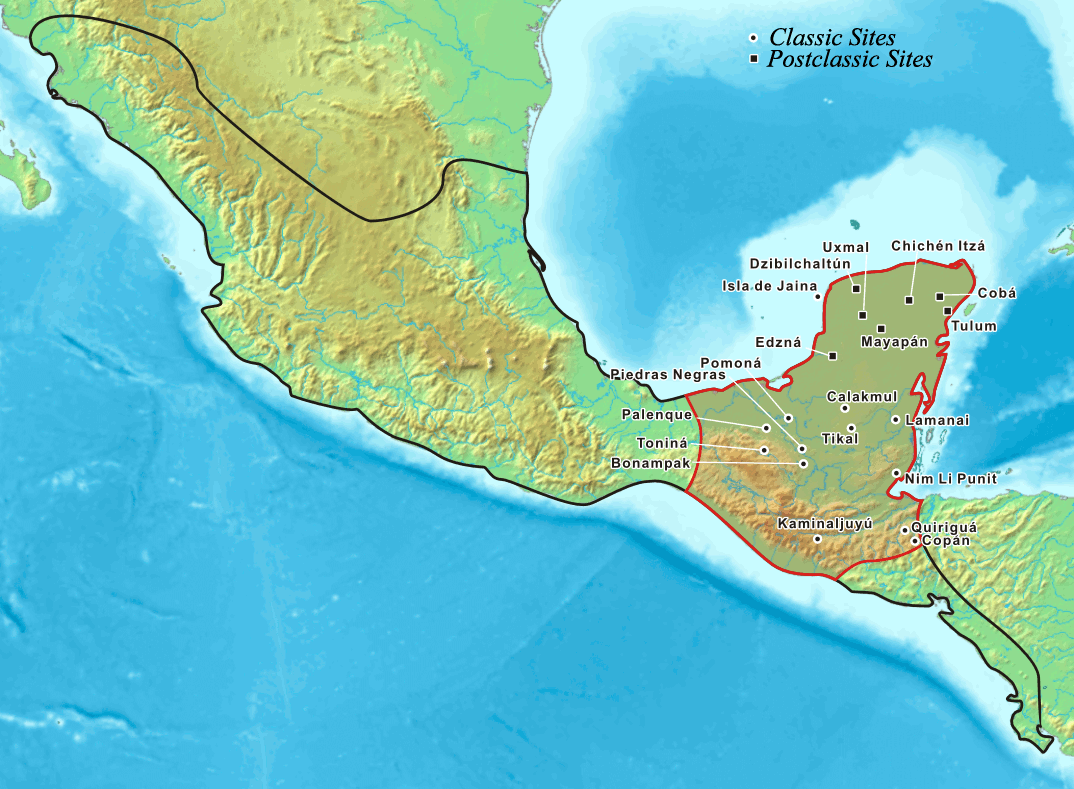
Spanish
Conquistadors were ruthless mercenaries, who murdered thousands of Aztec
natives, for gold. The Aztecs were also bloodthirsty, with rituals involving
live human sacrifices. Spain, like many other European countries at that
time, were keen to establish colonies, from where to export riches to their
European masters. Such a notion, while viable at that time was doomed to
eventual independences, as slaves revolted against their masters.
The
Maya civilization of the Mesoamerican people is known by its ancient temples and glyphs. Its Maya script is the most sophisticated and highly developed writing system in the pre-Columbian Americas. It is also noted for its art, architecture, mathematics, calendar, and astronomical system.
The Maya civilization developed in the Maya Region, an area that today comprises southeastern Mexico, all of Guatemala and Belize, and the western portions of Honduras and El Salvador. It includes the northern lowlands of the Yucatán Peninsula and the highlands of the Sierra Madre, the Mexican state of Chiapas, southern Guatemala, El Salvador, and the southern lowlands of the Pacific littoral plain. Today, their descendants, known collectively as the Maya, number well over 6 million individuals, speak more than twenty-eight surviving Mayan languages, and reside in nearly the same area as their ancestors.
The Archaic period, before 2000 BC, saw the first developments in agriculture and the earliest villages. The Preclassic period (c. 2000 BC to 250 AD) saw the establishment of the first complex societies in the Maya region, and the cultivation of the staple crops of the Maya diet, including maize, beans, squashes, and chili peppers. The first Maya cities developed around 750 BC, and by 500 BC these cities possessed monumental architecture, including large temples with elaborate stucco façades. Hieroglyphic writing was being used in the Maya region by the 3rd century BC. In the Late Preclassic a number of large cities developed in the Petén Basin, and the city of Kaminaljuyu rose to prominence in the Guatemalan Highlands. Beginning around 250 AD, the Classic period is largely defined as when the Maya were raising sculpted monuments with Long Count dates. This period saw the Maya civilization develop many city-states linked by a complex trade network. In the Maya Lowlands two great rivals, the cities of Tikal and Calakmul, became powerful. The Classic period also saw the intrusive intervention of the central Mexican city of Teotihuacan in Maya dynastic politics. In the 9th century, there was a widespread political collapse in the central Maya region, resulting in internecine warfare, the abandonment of cities, and a northward shift of population. The Postclassic period saw the rise of Chichen Itza in the north, and the expansion of the aggressive Kʼicheʼ kingdom in the Guatemalan Highlands. In the 16th century, the Spanish Empire colonised the Mesoamerican region, and a lengthy series of campaigns saw the fall of Nojpetén, the last Maya city, in 1697.
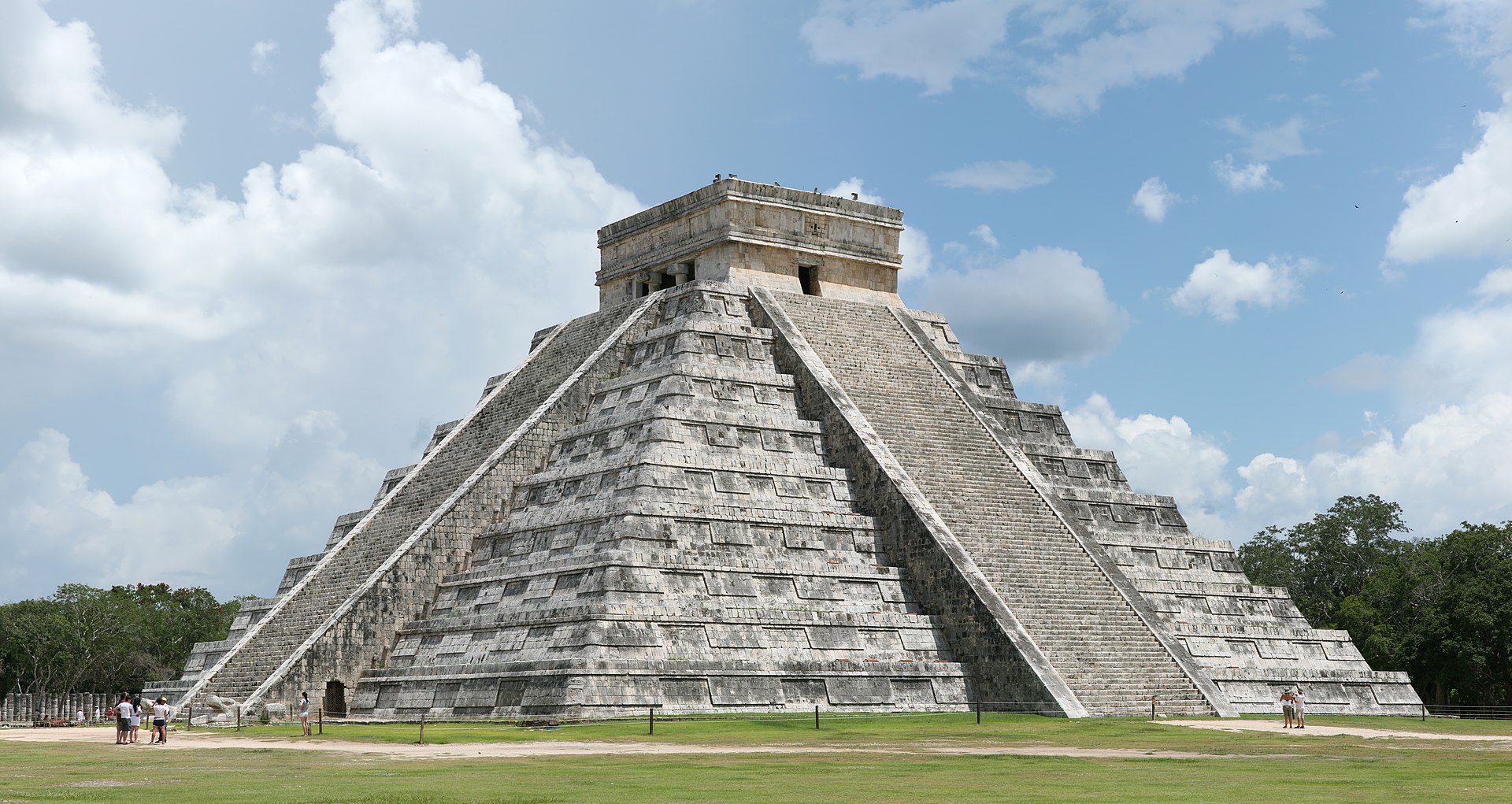
Rule during the Classic period centred on the concept of the "divine king", who was thought to act as a mediator between mortals and the supernatural realm. Kingship was usually (but not exclusively) patrilineal, and power normally passed to the eldest son. A prospective king was expected to be a successful war leader as well as a ruler. Closed patronage systems were the dominant force in Maya politics, although how patronage affected the political makeup of a kingdom varied from city-state to city-state. By the Late Classic period, the aristocracy had grown in size, reducing the previously exclusive power of the king. The Maya developed sophisticated art forms using both perishable and non-perishable materials, including wood, jade, obsidian, ceramics, sculpted stone monuments, stucco, and finely painted murals.
Maya cities tended to expand organically. The city centers comprised ceremonial and administrative complexes, surrounded by an irregularly shaped sprawl of residential districts. Different parts of a city were often linked by causeways. Architecturally, city buildings included palaces, pyramid-temples, ceremonial ballcourts, and structures specially aligned for astronomical observation. The Maya elite were literate, and developed a complex system of hieroglyphic writing. Theirs was the most advanced writing system in the pre-Columbian Americas. The Maya recorded their history and ritual knowledge in screenfold books, of which only three uncontested examples remain, the rest having been destroyed by the Spanish. In addition, a great many examples of Maya texts can be found on stelae and ceramics. The Maya developed a highly complex series of interlocking ritual calendars, and employed mathematics that included one of the earliest known instances of the explicit zero in human history. As a part of their religion, the Maya practised human sacrifice.
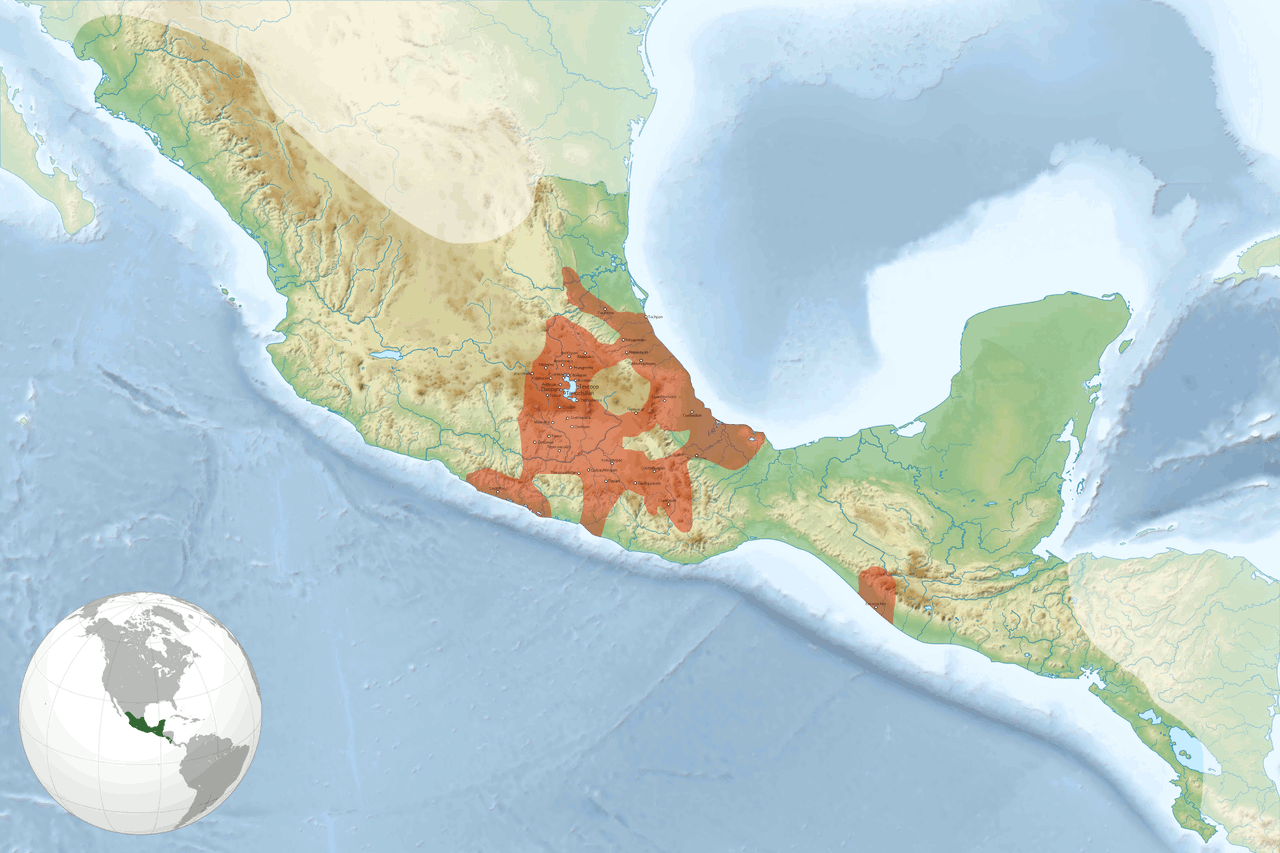
The
Aztec and Maya empires were neighbours in Central America, convenient to
Spanish conquest objectives. As opposed to the Inca, who were in South
America.
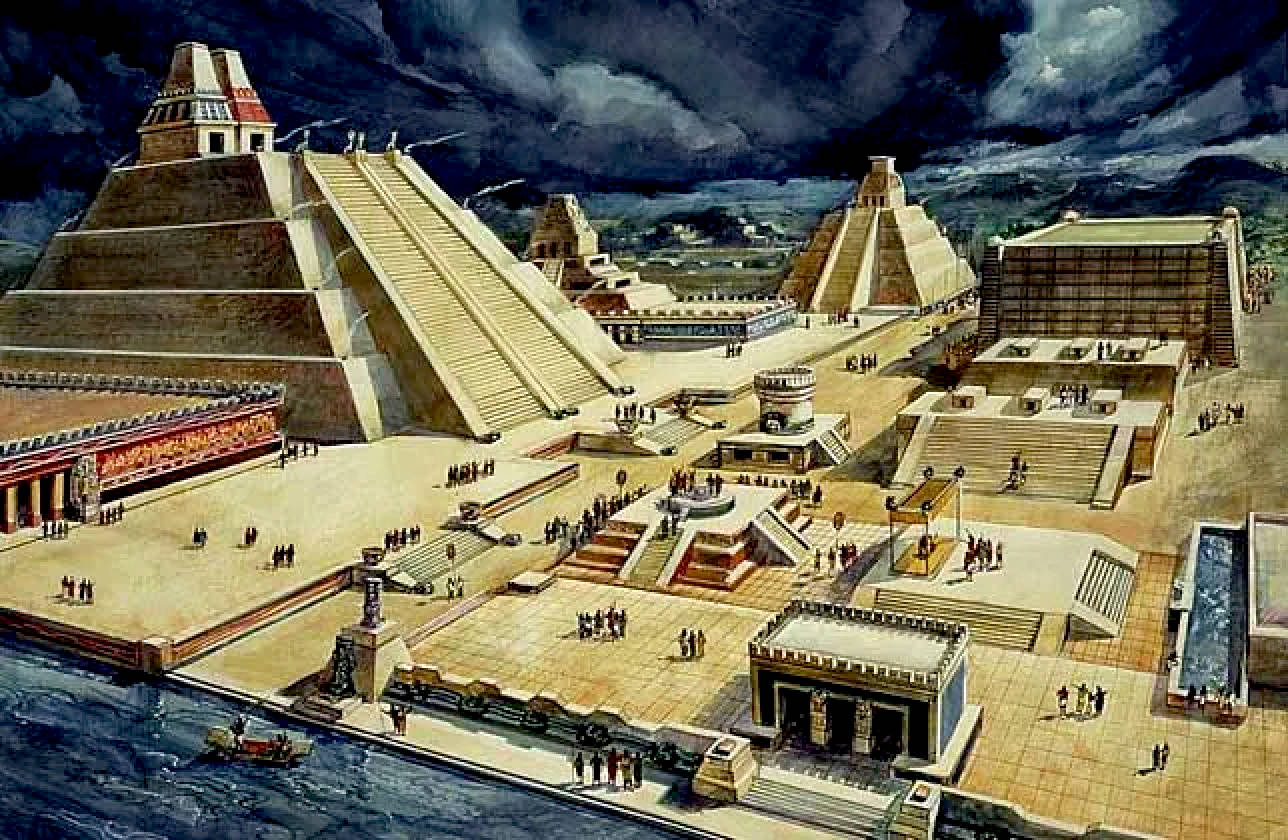
Artists
impression of the city of Tenochtitlán
Like
the ancient
Egyptians, the Maya were quite advanced metallurgically.
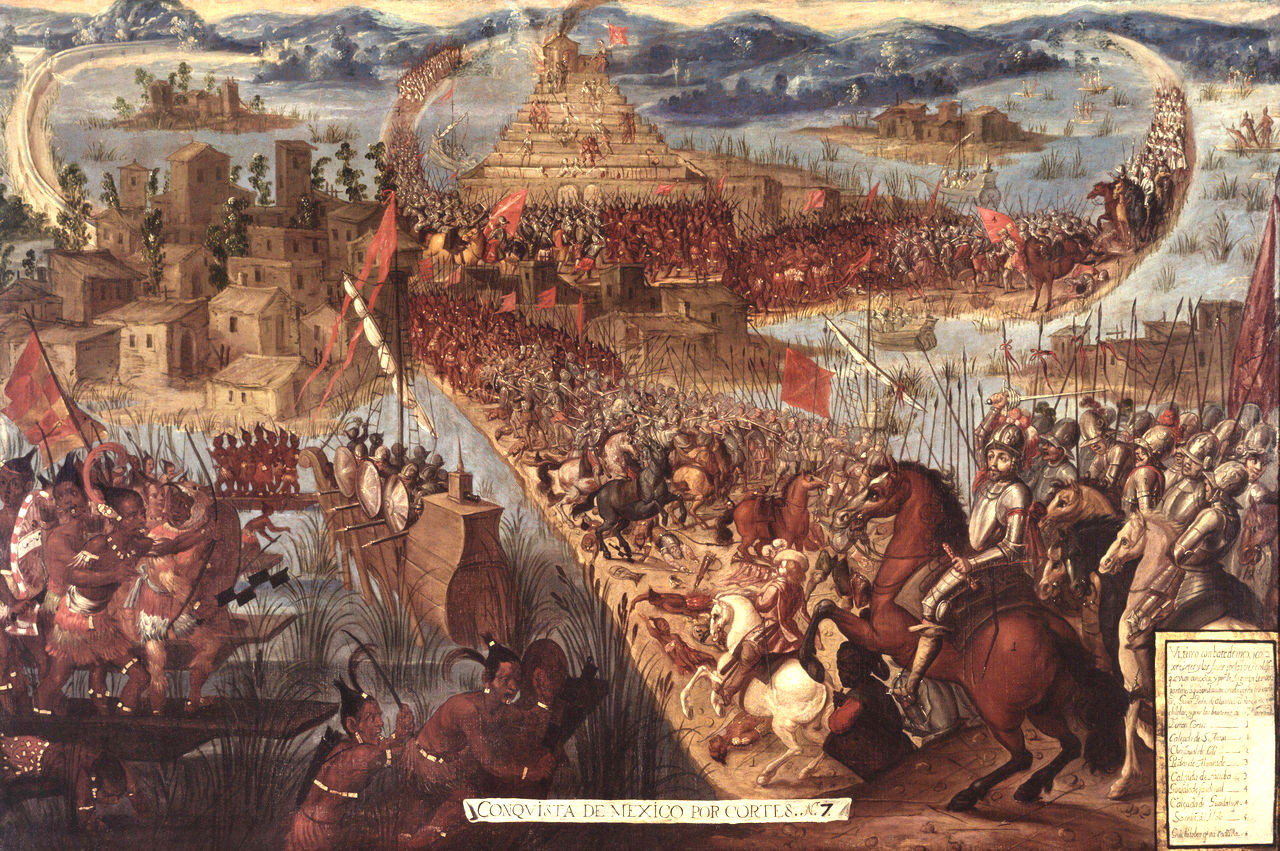
The
Spanish laid siege to the Aztec city of Tenochtitlán, driven by gold fever
and dreams of conquest.
Maya gold was stolen by the Spanish conquistadors, to prop up their coffers
in Europe, and pay for wars with the British. Spain was systematically
exporting precious metals from the Inca
and Aztecs.
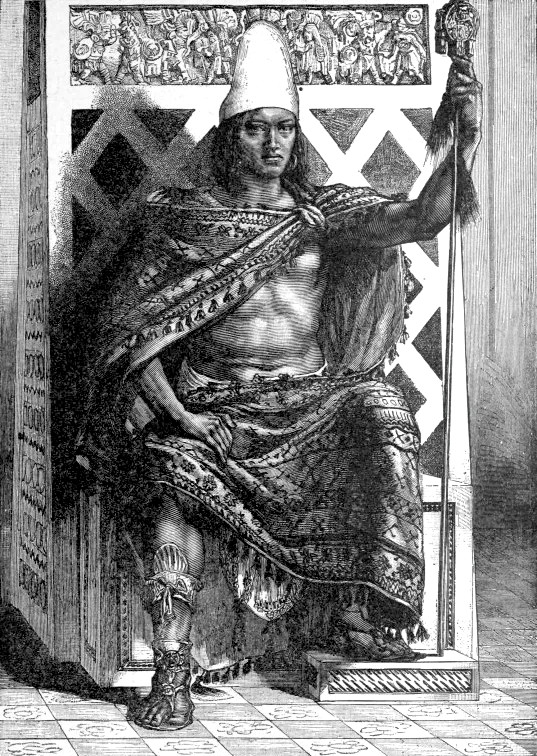
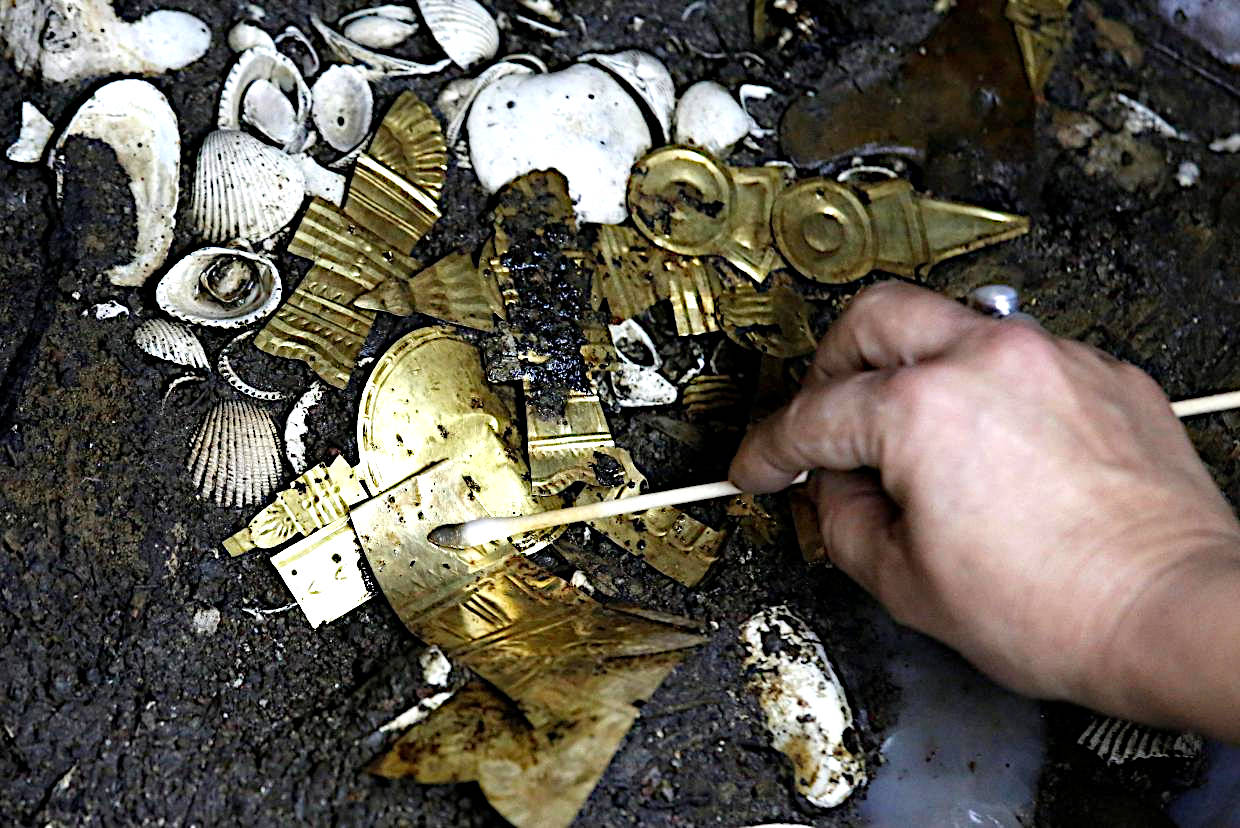
Montezuma
and an Aztec ceremonial outfit, adorned with gold, the eventual downfall of
the civilization.
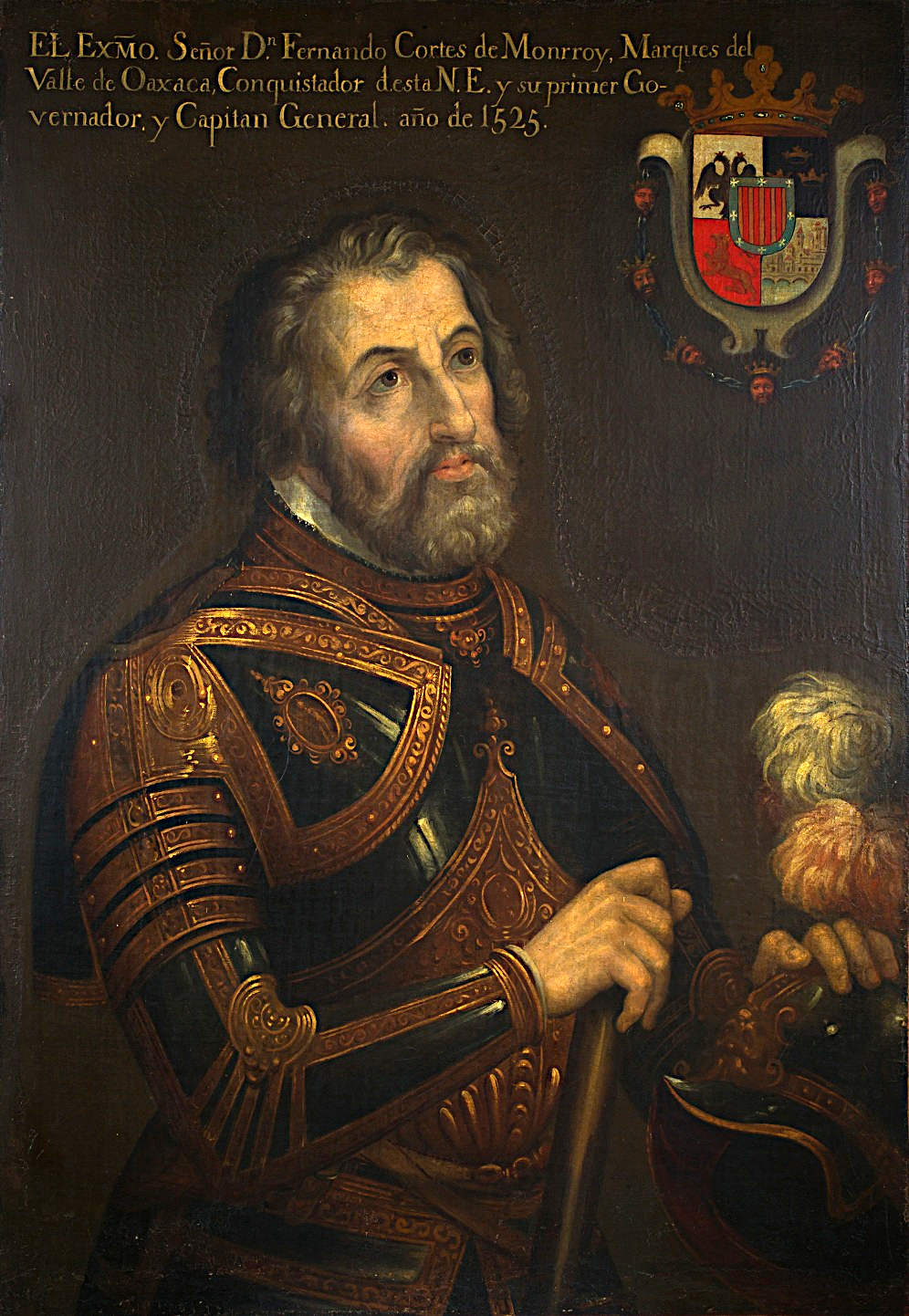
Spanish
Conquistadors were ruthless mercenaries, who murdered thousands of Aztec
natives, for gold. The Aztecs were also bloodthirsty, with rituals involving
live human sacrifices. Spain, like many other European countries at that
time, were keen to establish colonies, from where to export riches to their
European masters. Such a notion, while viable at that time was doomed to
eventual independences, as slaves revolted against their masters.
SPANISH CONQUEST
In 1511, a Spanish caravel was wrecked in the Caribbean, and about a dozen survivors made landfall on the coast of Yucatán. They were seized by a Maya lord, and most were sacrificed, although two managed to escape. From 1517 to 1519, three separate Spanish expeditions explored the Yucatán coast, and engaged in a number of battles with the Maya inhabitants. After the Aztec capital Tenochtitlan fell to the Spanish in 1521, Hernán Cortés despatched Pedro de Alvarado to Guatemala with 180 cavalry, 300 infantry, 4 cannons, and thousands of allied warriors from central Mexico; they arrived in Soconusco in 1523. The Kʼicheʼ capital, Qʼumarkaj, fell to Alvarado in 1524. Shortly afterwards, the Spanish were invited as allies into Iximche, the capital city of the Kaqchikel
Maya. Good relations did not last, due to excessive Spanish demands for gold as tribute, and the city was abandoned a few months
later. This was followed by the fall of Zaculeu, the Mam Maya capital, in 1525. Francisco de Montejo and his son, Francisco de Montejo the Younger, launched a long series of campaigns against the polities of the Yucatán Peninsula in 1527, and finally completed the conquest of the northern portion of the peninsula in 1546. This left only the Maya kingdoms of the Petén Basin independent. In 1697, Martín de Ursúa launched an assault on the Itza capital Nojpetén and the last independent Maya city fell to the Spanish.
The Spanish conquest stripped away most of the defining features of Maya civilization. However, many Maya villages remained remote from Spanish colonial authority, and for the most part continued to manage their own affairs. Maya communities and the nuclear family maintained their traditional day-to-day life. The basic Mesoamerican diet of maize and beans continued, although agricultural output was improved by the introduction of steel tools. Traditional crafts such as weaving, ceramics, and basketry continued to be practised. Community markets and trade in local products continued long after the conquest. At times, the colonial administration encouraged the traditional economy in order to extract tribute in the form of ceramics or cotton textiles, although these were usually made to European specifications. Maya beliefs and language proved resistant to change, despite vigorous efforts by Catholic missionaries. The 260-day tzolkʼin ritual calendar continues in use in modern Maya communities in the highlands of Guatemala and Chiapas, and millions of Mayan-language speakers inhabit the territory in which their ancestors developed their civilization.
The agents of the Catholic Church wrote detailed accounts of the Maya, in support of their efforts at Christianization, and absorption of the Maya into the Spanish Empire. This was followed by various Spanish priests and colonial officials who left descriptions of ruins they visited in Yucatán and Central America. In 1839, American traveller and writer John Lloyd Stephens set out to visit a number of Maya sites with English architect and draftsman Frederick Catherwood. Their illustrated accounts of the ruins sparked strong popular interest, and brought the Maya to the attention of the world. The later 19th century saw the recording and recovery of ethnohistoric accounts of the Maya, and the first steps in deciphering Maya hieroglyphs.
The final two decades of the 19th century saw the birth of modern scientific archaeology in the Maya region, with the meticulous work of Alfred Maudslay and Teoberto Maler. By the early 20th century, the Peabody Museum was sponsoring excavations at Copán and in the Yucatán
Peninsula. In the first two decades of the 20th century, advances were made in deciphering the Maya calendar, and identifying deities, dates, and religious concepts. Since the 1930s, archaeological exploration increased dramatically, with large-scale excavations across the Maya region.
In the 1960s, the distinguished Mayanist J. Eric S. Thompson promoted the ideas that Maya cities were essentially vacant ceremonial centres serving a dispersed population in the forest, and that the Maya civilization was governed by peaceful astronomer-priests. These ideas began to collapse with major advances in the decipherment of the script in the late 20th century, pioneered by Heinrich Berlin, Tatiana Proskouriakoff, and Yuri Knorozov. With breakthroughs in understanding of Maya script since the 1950s, the texts revealed the warlike activities of the Classic Maya kings, and the view of the Maya as peaceful could no longer be supported.
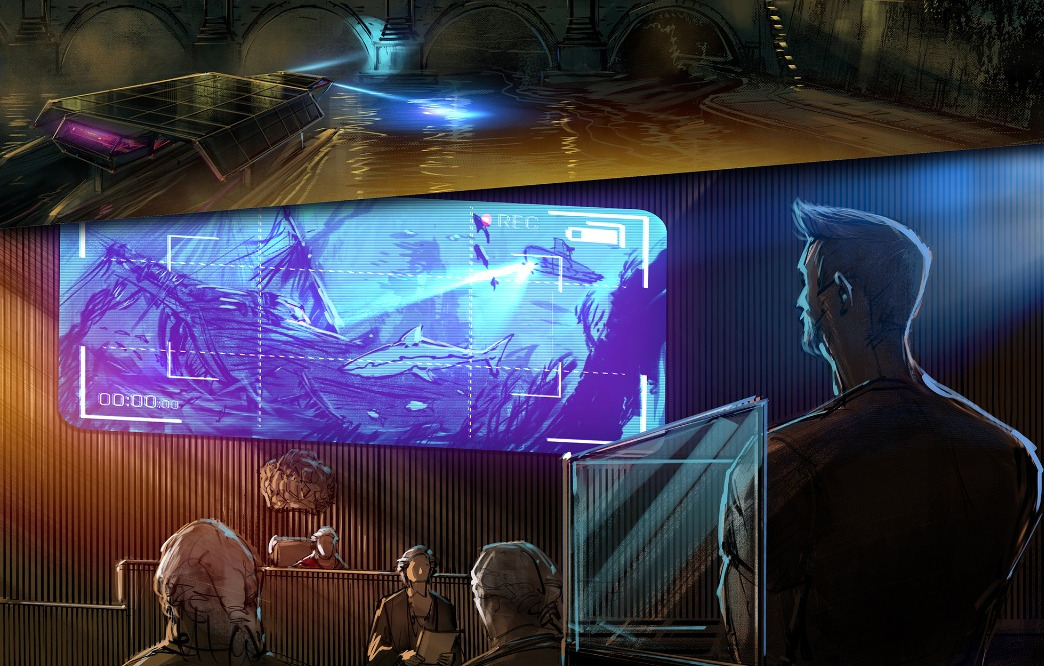
STORM
BY NAME, STORMY BY NATURE - Only two people knew where Henry Morgan's
golden hoard was stashed, and they are both in Davy Jones Locker.
Blackbeard was tortured to death by a British officer, trying to extract the secret,
Henry Morgan died of a heart attack in Jamaica.
John Storm discovers the location, but refuses to tell, even in the International Court, where
Hague prosecutors try every trick in the book to make him reveal all. The
British and Spanish gambits backfire, when the Court find no claim for
Britain or Spain, but exonerate John, and appoint him unofficial arbitrator,
with the full backing of those with genuine heritage claims.
The
best known golden treasures are Doubloons, Guineas and Sovereigns. Other
forms of transportable money are diamonds, rubies and
emeralds. In this fictional John
Storm adventure, Henry Morgan is the pirate who liberated the gold
that the
Spanish had stolen from the Aztecs, Inca and possible Maya Empires. And Blackbeard
is the pirate who knew part of the secret location, that he took with him to
the grave.
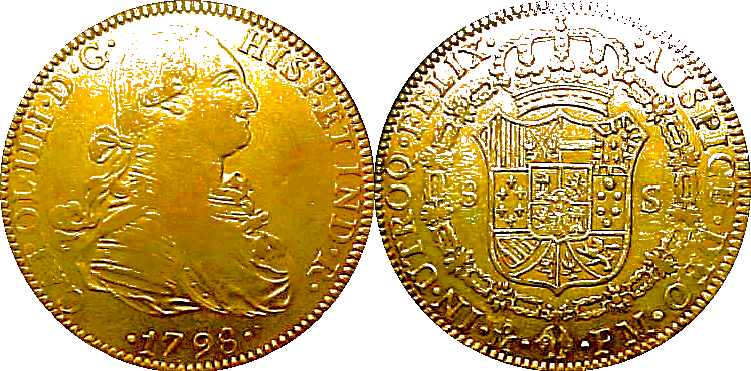
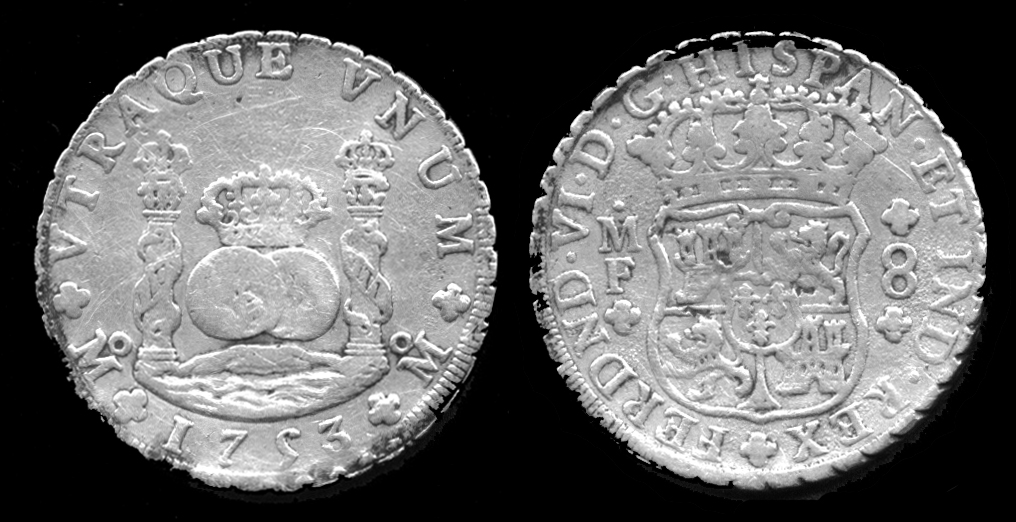
The
original Treasure
Island was written by Robert Louis
Stevenson, becoming an instant hit,
popular with children and adults, the subject of many films and graphic
novels.
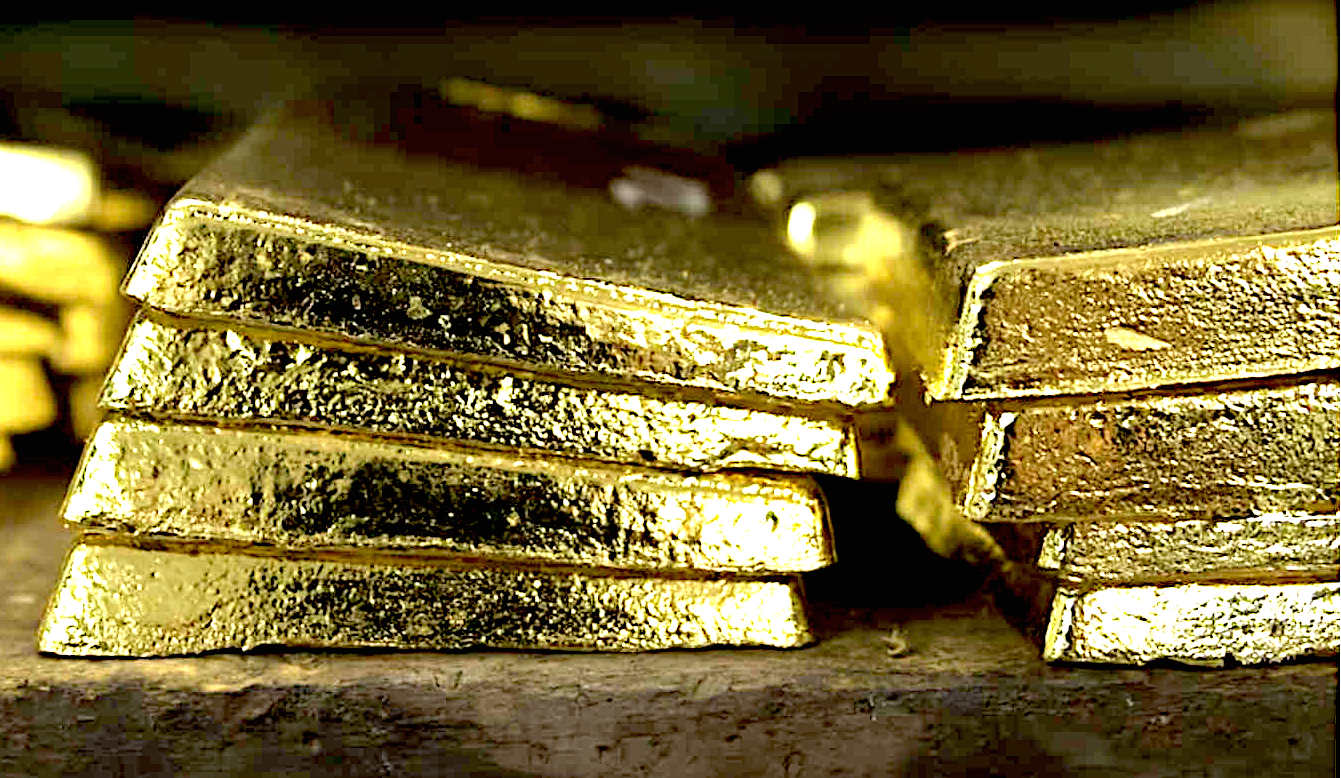
When
food shortages and the energy crisis really begins to bite, only gold,
silver and gemstones will be worth anything, by way of savings and pensions.
Banks who trade in real coin of the realm, are the only ones who will be
trusted in the future. Coins could soon make a comeback. The good news is
that countries do not need to mint their own. Anyone can produce a quarter
ounce dollar, based on the value of gold itself, rather than what any nation
says it is worth. We'd suggest that gold is index linked to food, timber and
other essential commodities.
|











